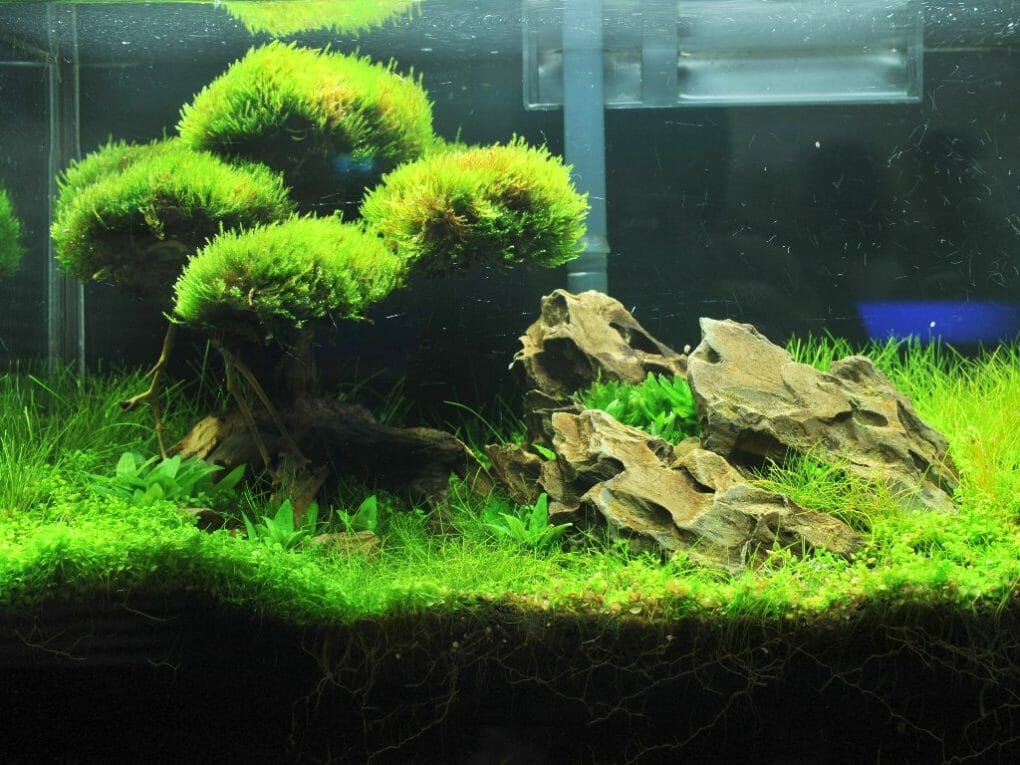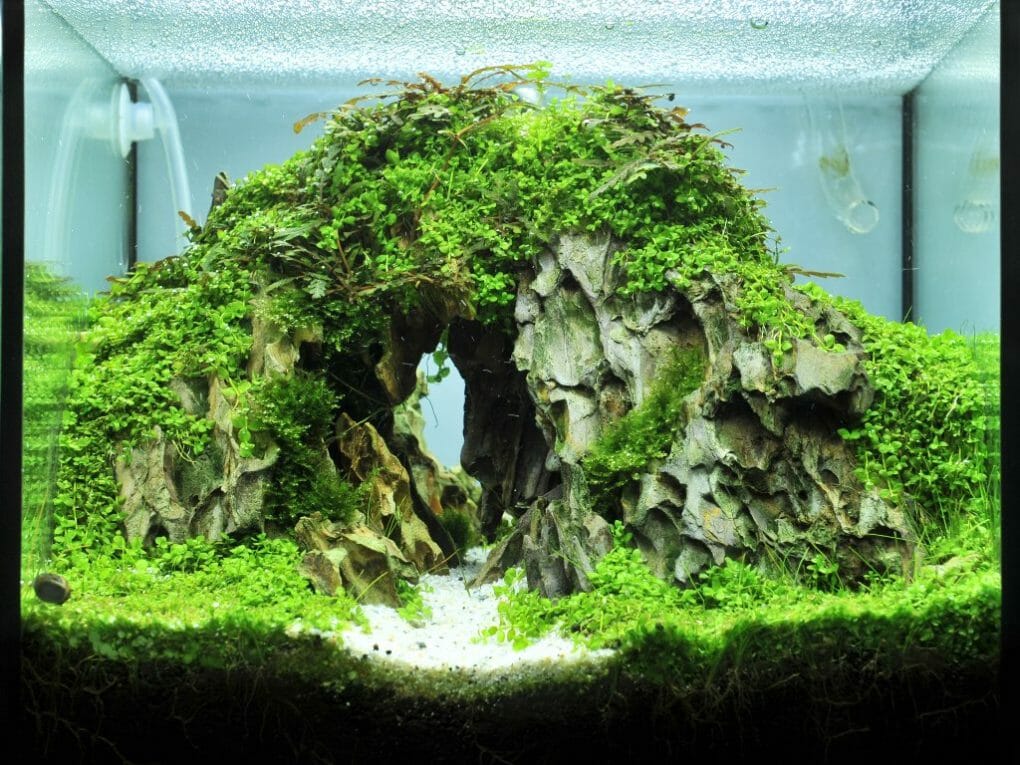How Fast Does Java Moss Grow: Tips in Growing Java Moss in an Aquarium

Java moss grows around 1 to 1.5 inches per month under ideal conditions. It is generally considered a slow-growing moss but can grow faster in the right environment. You can add it to aquariums to give them a fantastic look and unique texture.
Table of Contents
Attaching and Growing Java Moss in Your Fish Tank
Java moss is a delightful addition to any fish tank. It is an excellent source of natural filtration and provides an exciting substrate for your fish to play on.
Additionally, java moss is easy to grow and attach. Just wet the substrate before attaching the moss, and give the moss plenty of light and nutrients. When it’s time to remove the moss, gently pull on one corner at a time until it comes free.
Grounding Your Java Moss
Java moss is a plant that will quickly grow attached to the glass of your tank. It can be a great addition to fish tanks as it helps to keep the water clean and clear. You will need to attach java moss using some fishing line or wire; make sure you anchor it in place so it does not drift around and get entangled in your fish’s fins.
Growing Java Moss Faster
Java moss is an aquatic plant that can thrive in the right conditions. However, it may grow slower than you would like if you are new to growing this substrate.
Java moss can be attached to the side of your fish tank with aquarium-safe adhesive. Floating plants or rocks will also help the moss attach to them, increasing its reach.
To help growth happen faster, keep the water temperature healthy by adjusting the aquarium water temperature as necessary. Add more java moss fertilizer when needed – using a quality product will promote better growth and algae blooms.
Keep going even if java moss doesn’t take hold immediately; it will eventually do so over time if cared for properly. Monitor the growth of java moss regularly and remove any plants that die or become unhealthy. Java moss also makes an excellent substrate for fish tanks, providing them with vital nutrients and improving their overall environment!
Java Moss Care
Java moss is a plant perfect for people who want to add an exotic touch to their home decor. Because java moss doesn’t require much care, it’s a popular choice among experienced and first-time gardeners. All you need is water and light, which can be kept in any room.

Lighting Requirement
The amount of light a plant receives is one of the most critical factors in its growth. You can increase the speed at which your java moss grows by providing more light. However, java moss is also an excellent plant for low-light conditions as it thrives in moist soil. Keep it wet at all times, as this will help keep them hydrated and optimally growing.
Temperature
The temperature needs of java moss vary depending on the region where it grows, but it can quickly grow in most climates. To grow optimally, Java moss generally needs a water temperature of around 21-24 degrees Celsius (70-75 degrees Fahrenheit).
Avoid exposing Java moss to direct sunlight or cold temperatures, as this will stunt its growth significantly. Java moss can be misted or placed in warm water bowls to keep it moist and growing at optimal speeds. Keep the soil moist but do not water too often – this will help to prevent wilting and encourage growth.
Water PH
Water pH is essential for the growth of java moss. Avoid adding strong-smelling chemicals or fertilizers, as these will upset the balance and cause problems with growth.
Java moss needs slightly acidic soil to grow well – you can adjust the pH level of your potting mix to achieve this. Keep an eye on moss growth and top up water if needed – java moss is a slow grower!
Water Hardness
Java moss is a plant that thrives in moist environments, so it’s essential to ensure the water you use isn’t too salty. If the water becomes too salty, it will kill the moss, and you’ll have to start over. If needed, add diluted bleach to your watering pot to ensure the water is hard enough for java moss growth.
Tank Maintenance
Java moss needs very little maintenance – keep the tank clean and full of fresh water. If you notice any problems, such as brown patches on the moss or growth inhibited by poor light, it is time to change the water and add some fresh moss.
Substrate
It is essential to change the substrate every few weeks so that Java Moss can thrive. You can use gravel, soil, or even paper as the perfect medium for java moss growth. This plant loves a moist and warm environment, so keep it watered well.
Tank Size
Java moss needs a large tank to grow well. Make sure your tank is more significant than 5 gallons, allowing the moss to grow densely. Regular water changes are necessary as java moss absorbs water and nutrients quickly, so it can be prone to algae growth if not appropriately kept watered down.
High-Quality Filter
Java moss is a great house plant for beginner gardeners as it doesn’t require much care and thrives in low-light conditions. However, like all plants, java moss needs fresh water and a quality filter to thrive. If you are not using chlorine-free water or your pH level is off, change the water and filter your moss regularly so that your plants get all the nutrients they need.